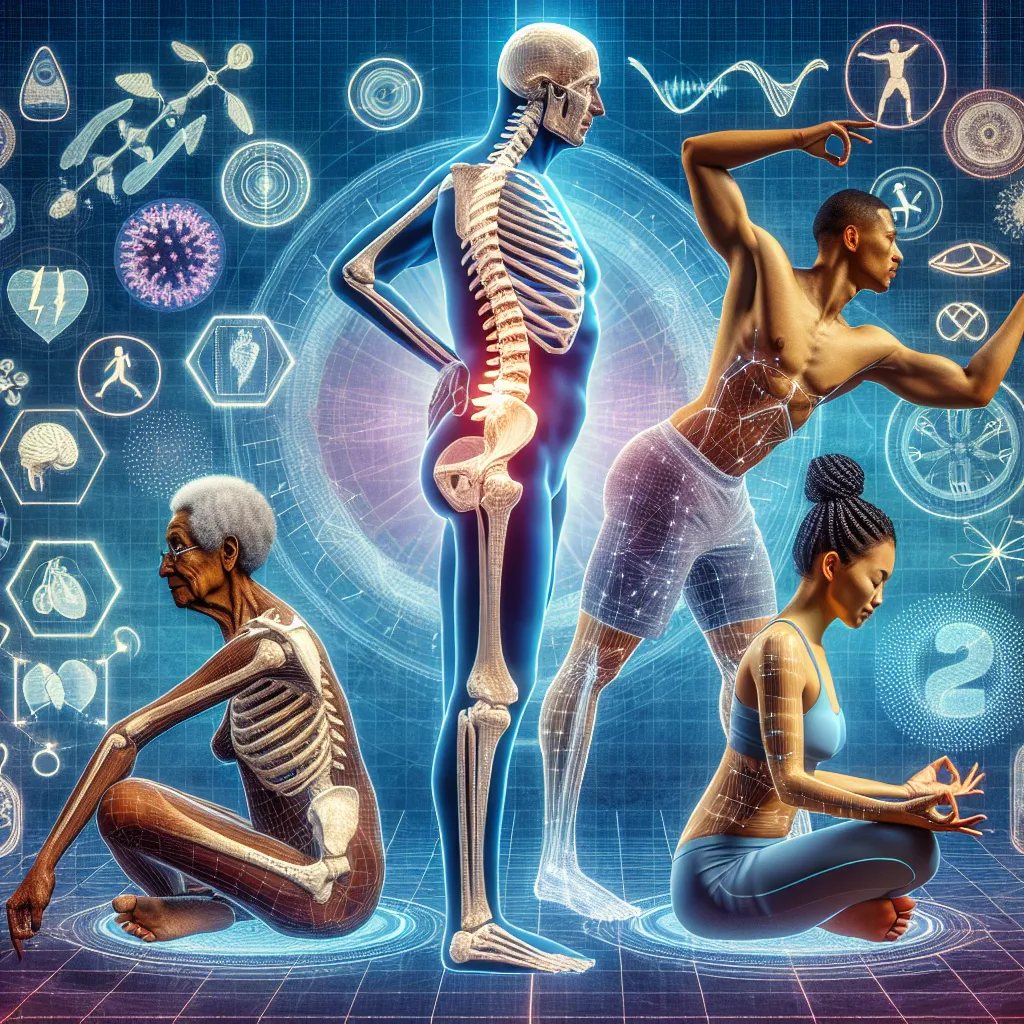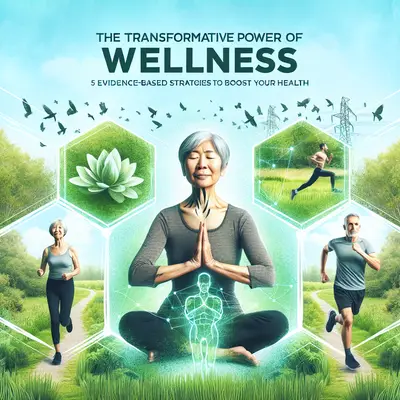Understanding Dynamic Posture
Standing up straight isn't the panacea for good posture after all. Experts are now focusing on the concept of dynamic posture, which emphasizes the importance of maintaining movement and flexibility in the spine. The spinal column is designed for movement, and keeping it mobile can help maintain its health and prevent back pain.
Debunking the "Daddy" Posture
Contrary to popular belief, the "Daddy" posture, characterized by a protruding belly and slouched shoulders, doesn't necessarily indicate poor spinal health. Posture varies greatly among individuals, and what might seem like poor posture could just be a person's natural stance. Instead of focusing on aesthetics, it's more beneficial to focus on comfort and absence of pain.
The Role of Emotion in Posture
Our emotional state can significantly impact our posture. For instance, stress and anxiety can cause us to adopt a defensive posture, characterized by rounded shoulders and a lowered head. On the other hand, feeling confident and relaxed often leads to an open, upright posture. Acknowledging this connection can help us cultivate better emotional health, which in turn can improve our posture.
The Impact of Modern Lifestyle
Our modern lifestyle, characterized by prolonged sitting and screen time, can lead to postural problems. Incorporating regular breaks, stretching exercises, and ergonomic furniture can help mitigate the negative effects of our sedentary habits.
The Importance of Core Strength
A strong core is crucial for maintaining good posture. The muscles in our core, including the abdominals, lower back, and pelvic floor, provide the necessary support for our spine. Incorporating core-strengthening exercises into your routine can help improve your posture and prevent back pain.
Conclusion
Redefining our understanding of posture can have a profound impact on our overall health and wellbeing. By embracing these insights, we can take charge of our spinal health and achieve a better quality of life. Remember, good health is more than just standing up straight; it's about understanding and respecting our body's unique needs and capabilities.



